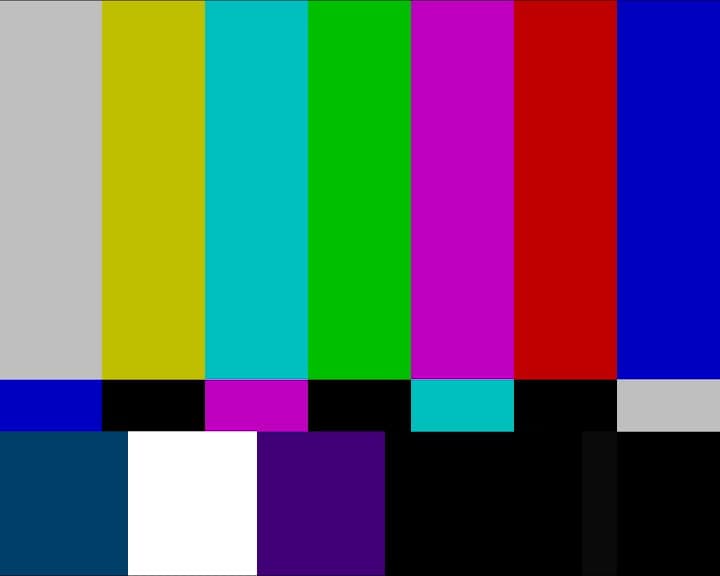Door Games Window Frames: Near Drama
Door Games Window Frames: Near Drama is originally a generative 3-channel projection consisting of sequences of open-ended drama, now adapted into a single-channel, 3-window combinatorial drama. The work deploys a database of about 500 movie clips extracted from 11 HK Cantonese thrillers and melodramas from the early 1960s. Exploring the mannerism and formulaic structures of such films, I discovered a key feature – the frequent use of the opening and closing of doors to introduce a scene, and the use of windows to highlight emotively charged moments in melodrama.
In this piece, I have turned such door and window movements literally into a unique propeller of drama. As punctuations as well for emotive shifts, the combinatorial game I play with these clips constructs micro-narrative movements. The ‘near drama’ resulting from the combinatorial exercise could be frustrating for not delivering one straightforward story; but my method liberates every segment between the closing and opening of doors and windows to allow them to stand alone to perform its dramatic energy.
In this video version, the work has 3 chapters — “Trial & Speculations: spinning the wheel,” “Getting Serious” and “Behind the doors, in front of the windows” — laying out the process of studying door and window devices, at the same time brewing dramaticity without ever arriving at any single stable story.
The 500 clips were extracted with the following interest: (1) door and window shots from the 11 films, (2) the performance of the male protagonists — mainly 2 actors — in scenes with doors and windows, (3) the close-up shots of the facial expressions of female protagonists in the 11 films; (4) close-up shots of everyday objects, and (5) outdoor scenes that contain visual view of the city space of Hong Kong. Whereas the first three criteria set up my analytical-visual studies of the genre characteristics of these films, the latter two criteria form the anthropological-ethnnographic objectives of this project, acknowledging photography and cinema’s intrinsic power to preserve the looks and appearances of material existence from the past.
videotage programme history /
references / 1 related
vmac archived / 1 related artworks
about the artist /
Linda Chiu-han LAI, Associate Professor in Intermedia Arts at the City University of Hong Kong’s School of Creative Media (SCM), is a research-based interdisciplinary artist. After completing her Ph.D. in Cinema Studies at New York University, she has sought meaningful connective extension to other relevant artistic and theoretical endeavors. She persists in artistic creation as the practice of theory. A critical researcher on the History of Everyday Life, her works focus on historiography, visual and auto-ethnography, urbanity and popular culture. Her teaching revolves around the criticality of micro/meta narrativity. She has also designed, at SCM, Hong Kong’s first courses in generative art & literature at the university level. She founded HK-based new media art group the Writing Machine Collective (2004) and has completed 5 major group exhibitions on questions of computational thinking and contemporary art. Though broadly known for her videography in the international art venues, she creates in different artistic mediums to turn art-making into criticism, history-writing, gaming and voyages of discovery. Her digital and non-digital works have been shown in key venues in many cities in Europe, Asia and the US, including the International Short Film Festival Oberhausen, the Open City London Documentary Festival, LOOP Barcelona, Rencontres Internationales Paris/Berlin, the Jihlava International Documentary Film Festival in the Czech Republic, the Fourth State of Water (CoCA, Torun, Poland), Women Make Waves Film Festival (Taipei), International Centre (New Delhi), and the various Experimental Film/Video Festivals in Seoul (EXiS), Taipei (EXiT), Macao (EXiM), Kuala Lumpur (KLEX) and Hong Kong (HKEX). Lai considers herself a montage artist: to her, images are intensely rich perceptual surfaces that defy the binary division of representation and abstraction. Many of her works also deploy the notion of an archive and self-archiving, including her recent work “1906-1989-2012: Guangzhou-Hongkong-Shanghai-Anji,” commissioned for the 9th Shanghai Biennale 2012 at the Power Station of Contemporary Art, which is also a piece of experimental history playing with childhood memory, the use of everyday objects and folk material, the postal history of Hong Kong and family stories. Lai seeks for intermedia moments and modes of connectivity, be it conjugation, modulation, combinatorial logic, or permutation… Floating Projects is her recent experiment on modes of sustainability in art-making and artists’ associations.
vmac archived / 7 artworks from the artist
All copyright reserved by the artist. 作品版權歸藝術家所有。
For enquires, please contact vmac@videotage.org.hk
